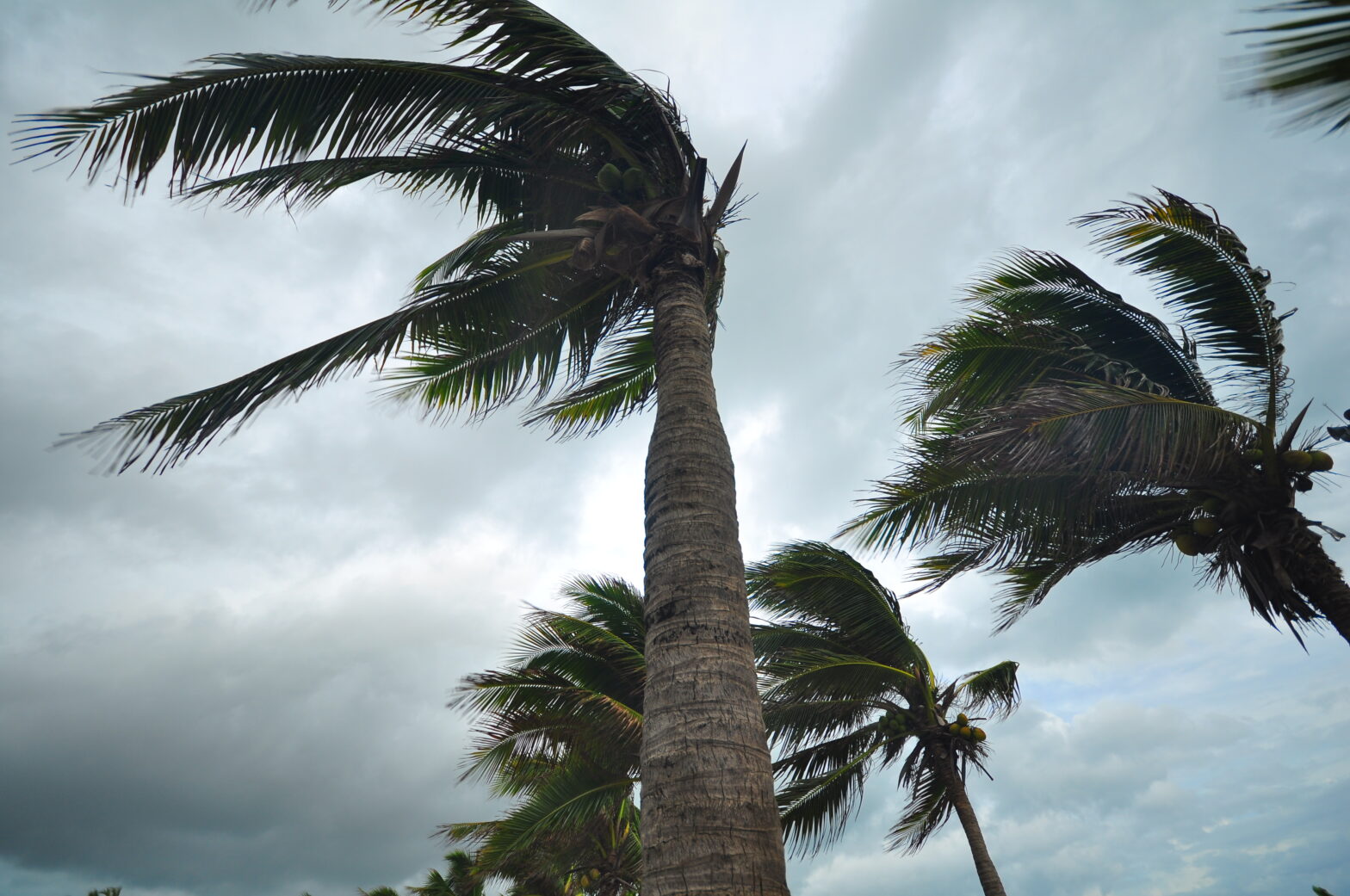What are the risks posed by natural disasters to a business?
Business interruption and business continuity are key risks posed by natural disasters. When a natural or man-made disaster occurs, having a solution, which incorporates the intelligence to know which employees and locations are impacted, is crucial.
With a robust solution, businesses can contact employees via email or text to ensure business continuity protocols are in order to mitigate specific additional risks, protect employees and assets, and resume regular business operations as soon as possible.
How can businesses protect themselves from weather-related disasters using technology from ProcessMAP?
With a cloud-based EHS platform like ProcessMAP, businesses can proactively avoid a variety of worker or customer incidents and injuries as a result of weather-related disasters.
>See also: IT disaster recovery: flooding lessons learned
With ProcessMAP, businesses benefit from:
• A list of every employee, job function, location, training and tenure on the job.
• An understanding of where each business location is on the map, including distribution centres, retail stores, manufacturing centres, fleet of vehicles, etc.
• Integration with the most up-to date weather forecast.
• A history of incidents as well as the cost of those incidents.
Here is how that process would unfold in a real-life scenario. Consider a cable communications company with teams in the field that are at times working many stories above ground on telephone poles.
Using ProcessMAP, the company would be able to know which employee is in the field at all-times courtesy of geo-coordinates. In the event that the ProcessMAP system receives a weather notification of high winds or lighting, the system would notify the field team, supervisors and safety team to stand down and seek shelter until the bad weather passes.
Another example could be any retail/distribution centre with hundreds or thousands of locations across the US. In the event of a freezing rain scenario, the platform would be able to report if there was precipitation within the last 12 hours within a given zip code by analysing if temperatures are expected to be freezing within the next six hours. If so, the system would then alert the shift manager or store manager to initiate de-icing protocols both via email as well as text and send the protocols to them. The system would also ask the manager or shift supervisor to confirm whether he/she has taken action.
>See also: How organisations can take a holistic approach to disaster recovery
These are just a few ways that businesses can use technology to proactively prevent damage/injuries as a result of weather-related incidents.
How does ProcessMAP’s solution differ from other competitors?
ProcessMAP differentiates from the competition in several key areas. First, ProcessMAP focuses on proactive health and safety initiatives to eliminate or mitigate incidents from occurring.
As part of this focus ProcessMAP has incorporated the industry’s most robust and advanced data intelligence and analytics solution, and develops and deploys an automated intelligence capability to address human constraints. The company, in essence, serves as a virtual assistant to process the massive of amount of growing information in a business and offers insight and alerts to take action based on that information.
ProcessMAP is also unique in terms of its expertise with integrating unlimited internal as well external data systems to make the overall platform more valuable. The company also embraces the Industrial Internet of things (IIoT) to further increase the timeliness and value of the data that ProcessMAP’s solutions provides.
Can you discuss the business impact of employing a predictive analytics solution for environmental health and safety? How much can companies save?
In the US alone, worker compensation drives both direct and indirect expenses total up to $250 billion annually. There are huge dollar opportunities to create significant return on investment for corporations as well as to dramatically improve the safety culture by employing a predictive analytics solution for environmental health and safety.
>See also: Disaster recovery — a best practice approach
What are some of the challenges in creating a predictive analytics solution for EHS?
ProcessMAP looks at both predictive solutions as well as having the system take actions based on certain sets of conditions to serve as smart agents and virtually extend the health and safety team.
One key challenge is helping customers to ensure existing information can be accessed and integrated into the ProcessMAP platform. ProcessMAP also urges customers to ‘think out of the box’ to allow the platform to truly leverage the data and insight it provides.
Answers provided by ProcessMAP’s president, Harold Gubnitsky
The UK’s largest conference for tech leadership, TechLeaders Summit, returns on 14 September with 40+ top execs signed up to speak about the challenges and opportunities surrounding the most disruptive innovations facing the enterprise today. Secure your place at this prestigious summit by registering here







